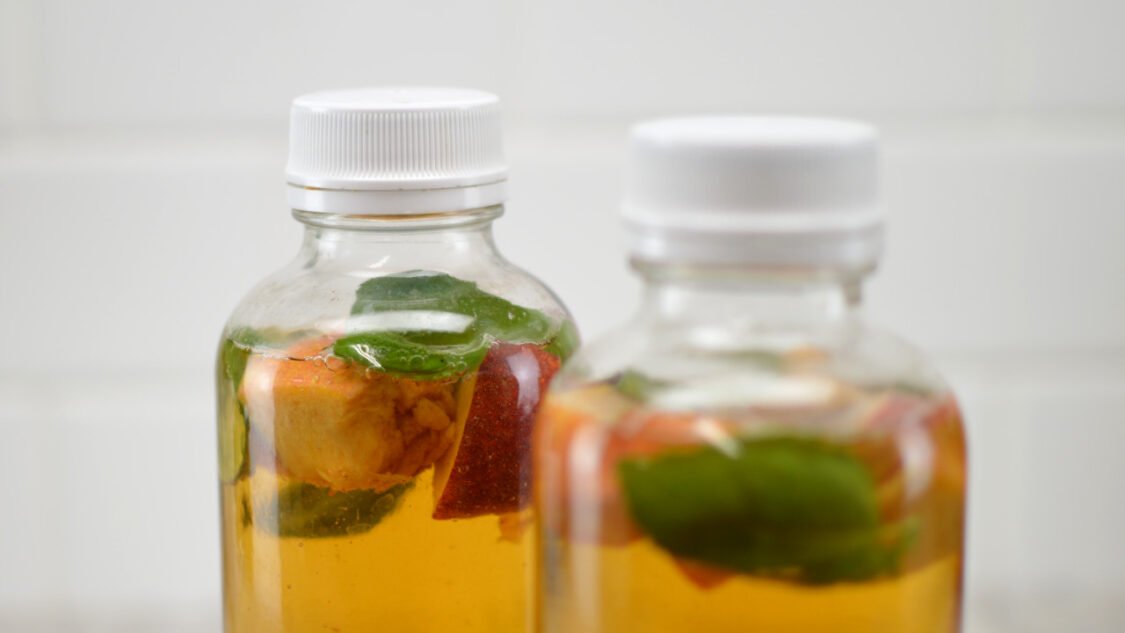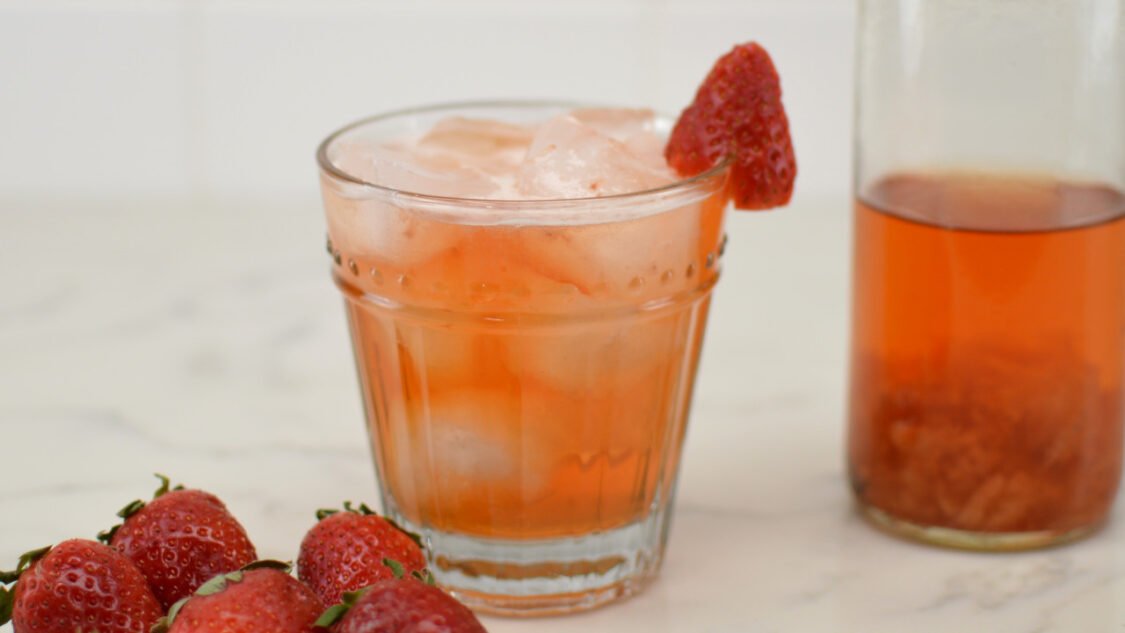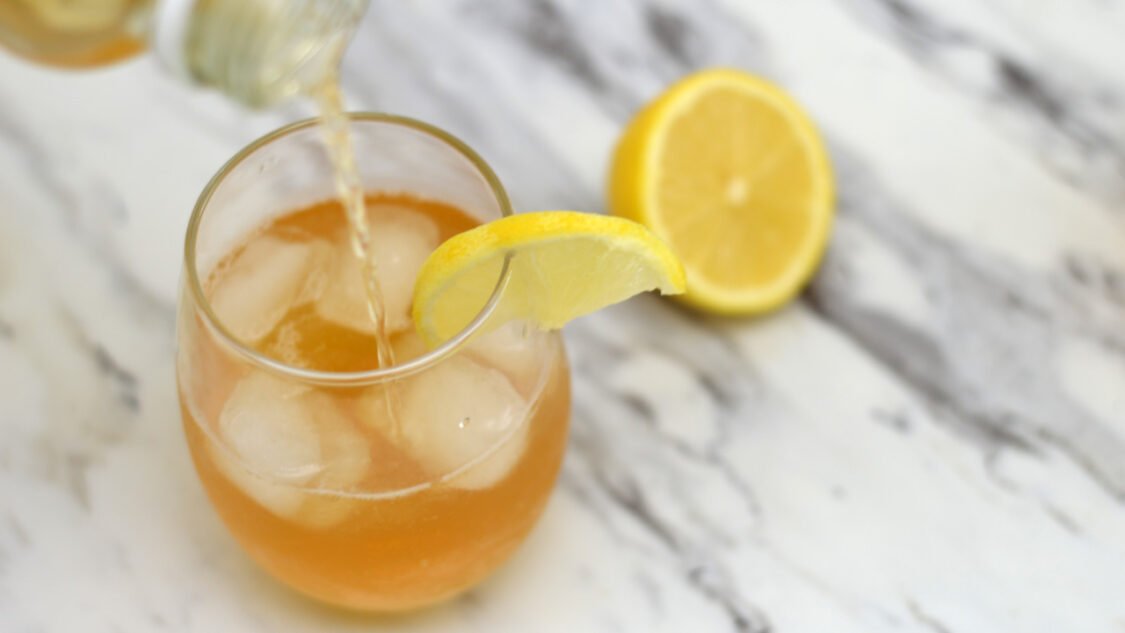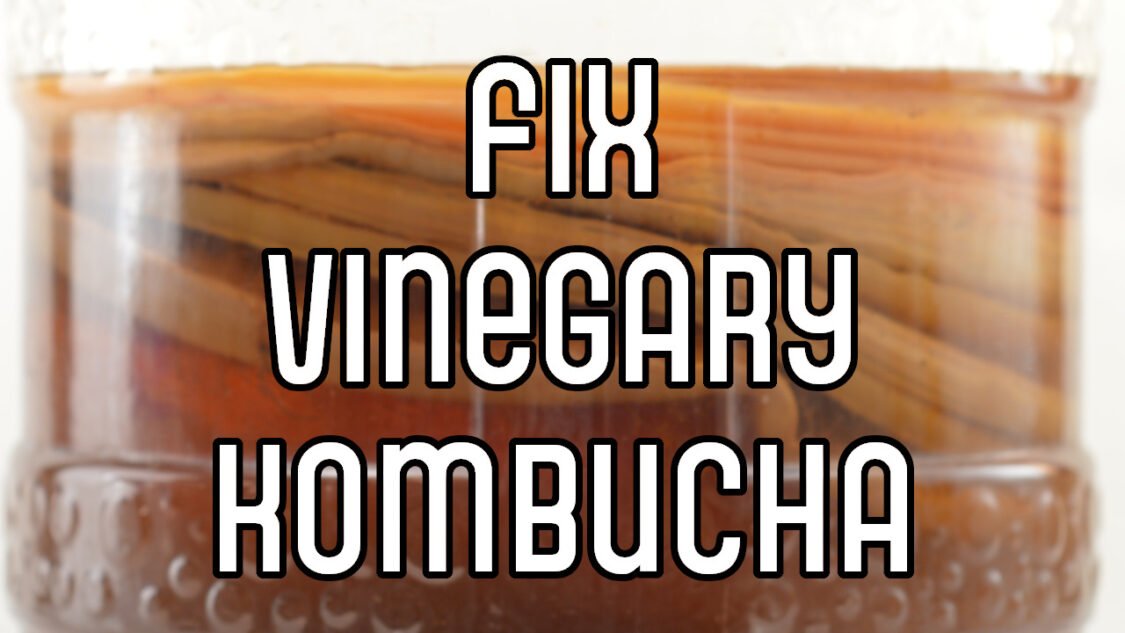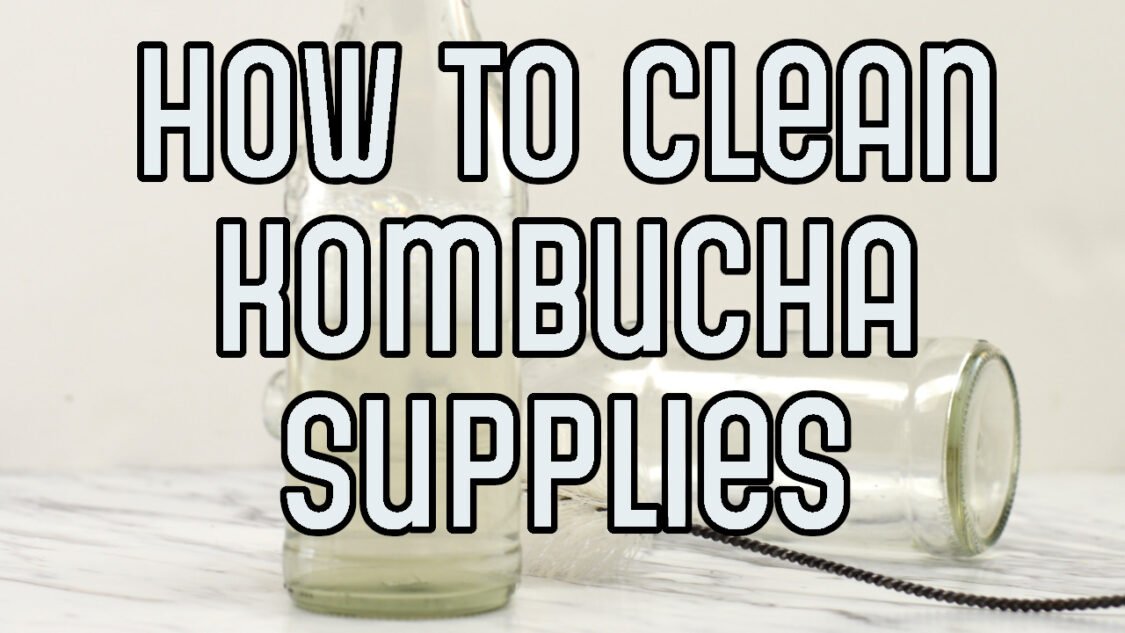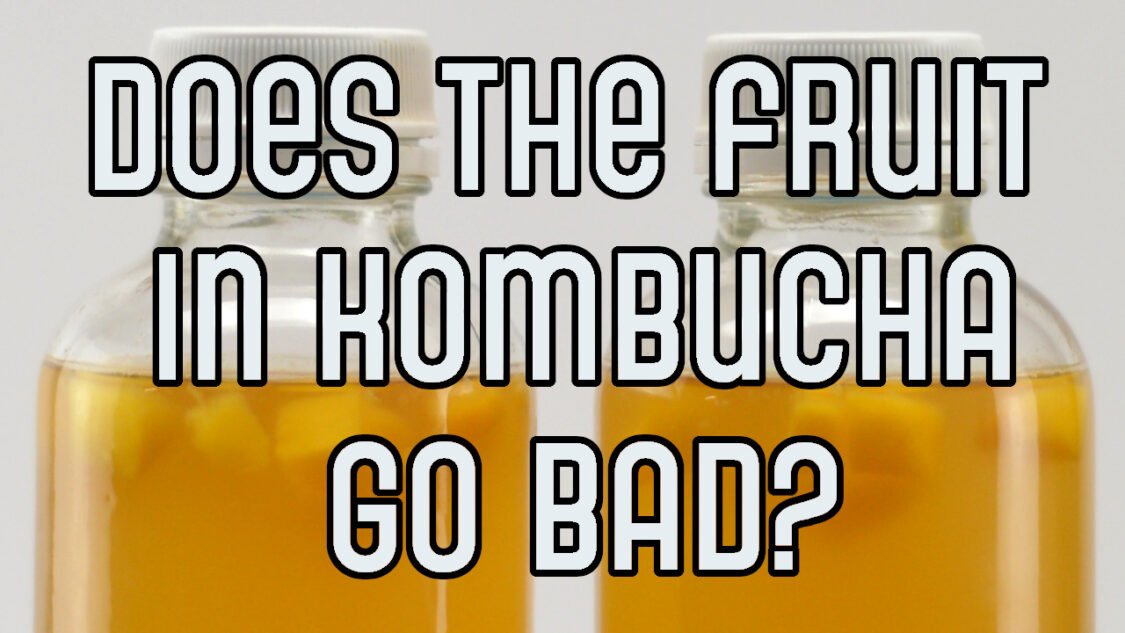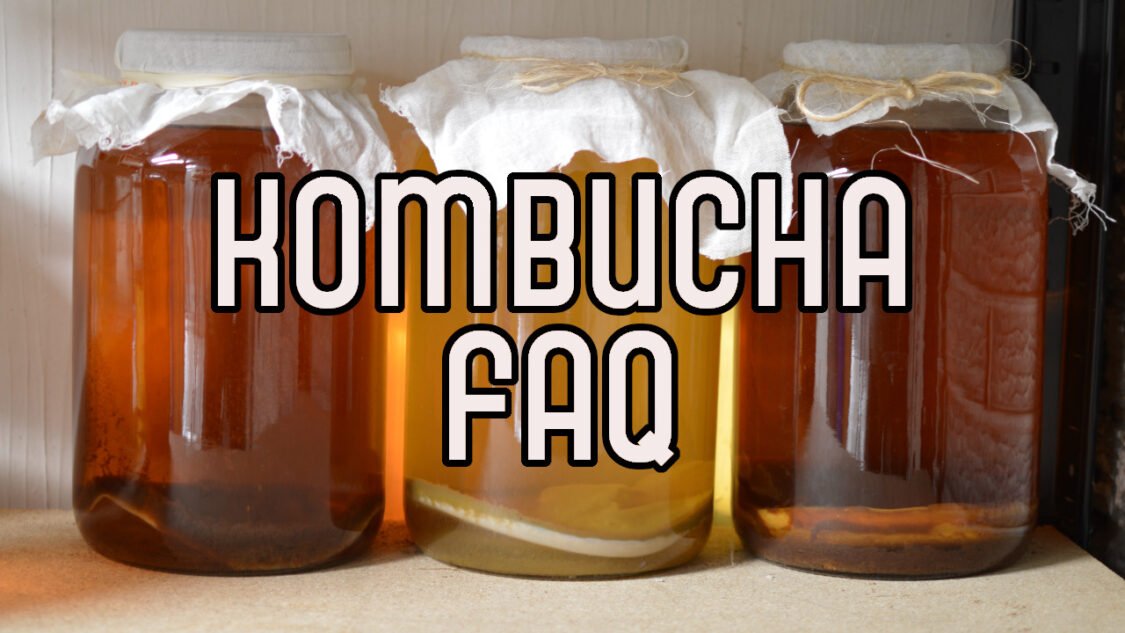Blackberry Vanilla Kombucha

Every time I make Blackberry vanilla kombucha I remember trekking through the woods with my father to a clearing filled with bramble bushes loaded with blackberries. We would carefully maneuver around them trying to not get snagged on the stems and pick piles of ripe, juicy blackberries. Since they were wild they were not cared for and therefore, the fruit was smaller but bursting with flavor. We would return home with loads of fresh berries, hands and lips stained purple from indulging in the ripe berries.
Our favorite use for them (beside eating handfuls of them fresh) was to make a fresh blackberry pie. When I discovered kombucha, blackberry vanilla was on the top of my wish list of flavors to make and it has been a favorite ever since.
Blackberry vanilla kombucha is great from the bottle over ice or used in a blackberry mint julep kombucha mocktail!
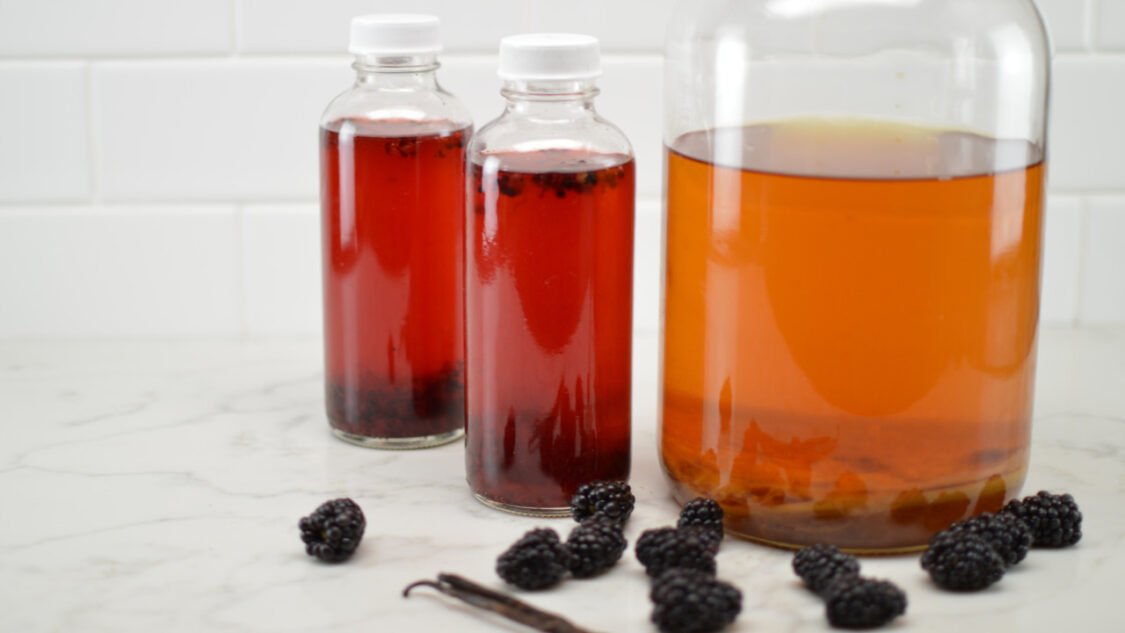
Kombucha Fermentation Overview
There are two fermentation phases when making kombucha:
Primary Fermentation: This is when you transform sweet tea into tart and tasty kombucha. Get all the details at my article on how to make kombucha.
Secondary Fermentation: This is when you carbonate your homemade kombucha by adding flavors (like blackberries and vanilla ?) and sugars and bottling it.
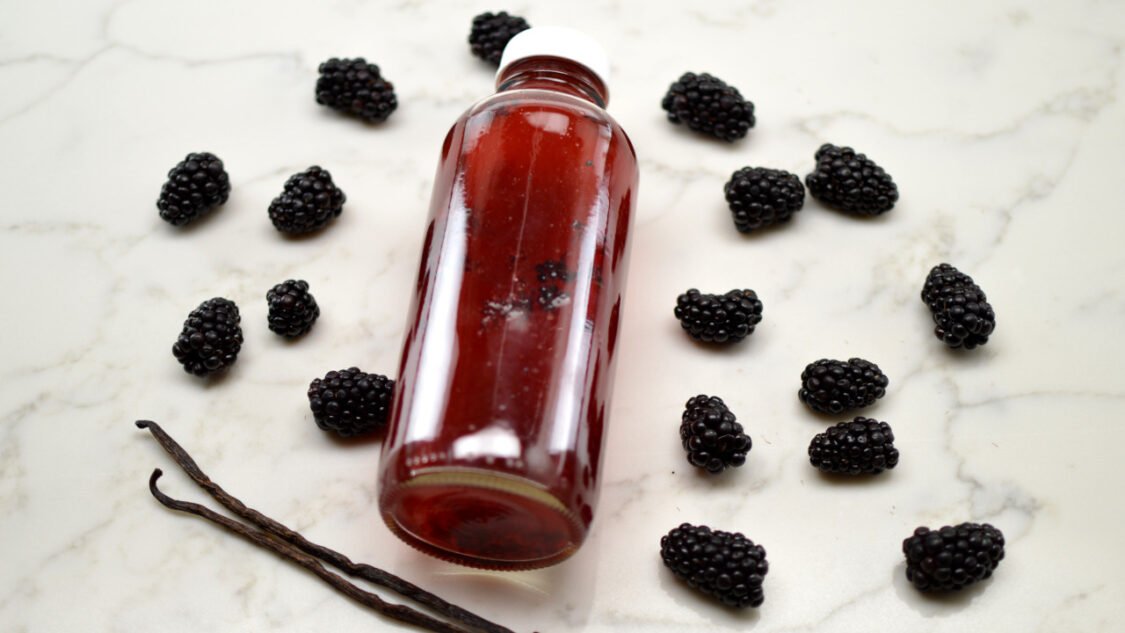
Preparing for Secondary Fermentation
This recipe makes about 7 x 16 fluid ounce bottles of finished kombucha (from a 1-gallon batch of unflavored homemade kombucha aka from your primary fermentation).
Reserve 2 cups (about 16 oz / 0.47L) kombucha and your SCOBY from your completed primary fermentation and set aside – you will use this as your starter for your next gallon batch of kombucha.
With your kombucha starter tea and SCOBY placed aside, you now have enough kombucha left to flavor and fill your bottles. This guide assumes are using 16 oz. glass bottles which are a popular choice for kombucha; however, there are many options for bottling kombucha.
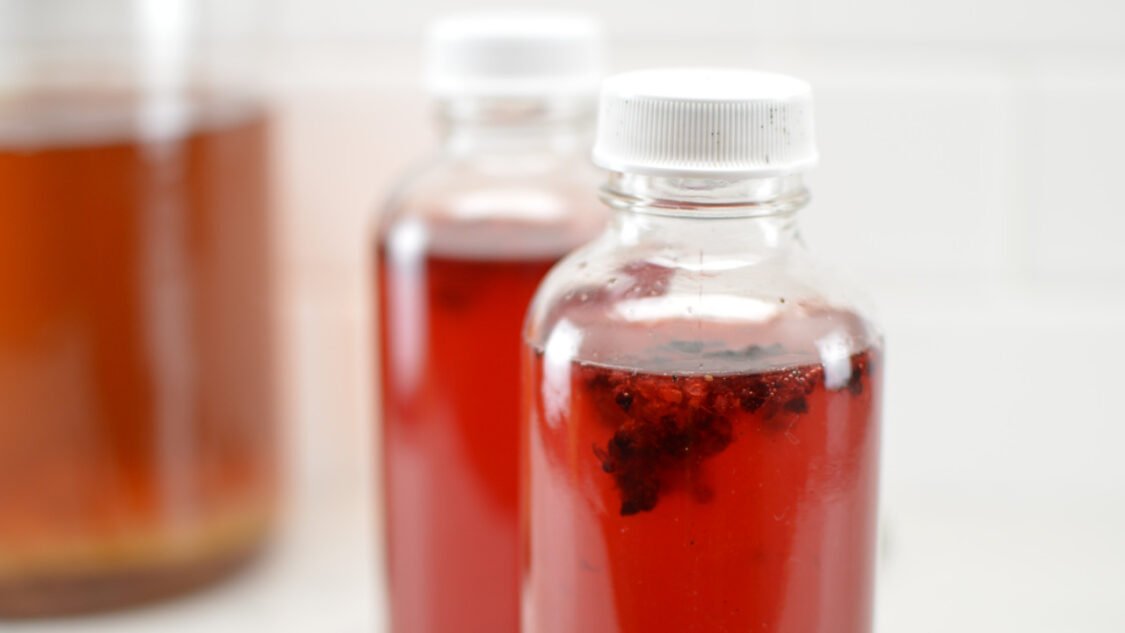
Ingredients to make Blackberry Vanilla Kombucha
Kombucha Finished kombucha from your first fermentation is the base to which you will add the blueberry and vanilla flavors.
Blackberries: Blackberries (also known as brambles) are one of largest of the berries around. Ripe blackberries have a deep inky sheen with purple highlights. They are juicy, succulent, soft, and juicy. Their flavor is sweet, slightly tart, with earthy undertones. For this recipe fresh or frozen blackberries work great since I like to lightly mash them before adding to the kombucha and frozen berries are especially easy to mash since the freezing process causes the water in their cell walls to rupture the cell leading to them being mushy when thawed.
Vanilla: There are several types of vanilla, typically named for where they are grown. Each type of vanilla bean has a very unique flavor.
Madagascar is the most popular type and Indian is a consistent favorite. Each type is slightly different:
- Madagascar Vanilla – rich and creamy. The most popular vanilla and most widely available
- Mexican Vanilla – bold, dark, smoky notes.
- Indian Vanilla – full bodied, chocolate notes. One of the favorites among vanilla lovers.
- Indonesian Vanilla – mild, well balanced. A good choice for kombucha.
- Tahitian Vanilla – floral, notes of cherries and chocolate.
Here is a comprehensive article all about vanilla ↗
Sugar: A touch of additional sugar for bacteria and yeast to feed on which creates carbonation–extra fizzy goodness. When filling 16 ounce bottles I’ve found a sugar cube has the right amount of sugar (1 tsp) for carbonation and is a convenient way to add the right amount without the mess.
How to make Blackberry Vanilla Kombucha
Add Flavors: Combine blackberry and vanilla and add to each bottle.
Bottle: Transfer kombucha to fermentation bottles.
Condition: For 3 to 10 days, until it reaches the carbonation level you like.
Enjoy: Chill in the fridge before serving.
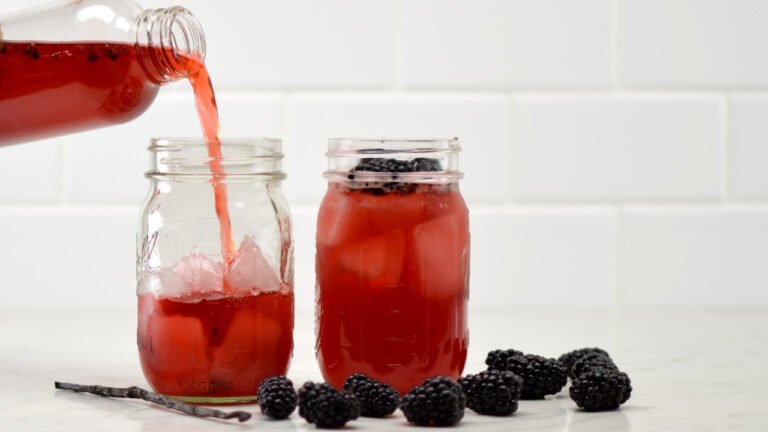
Blackberry Vanilla Kombucha Recipe
Yield: 7 bottles • Active time: 20 minutes • Total time: 3 -10 days

This recipe assumes you are doing a secondary fermentation (flavoring and carbonation) in the bottle. You may also incorporate a third fermentation using the same proportions but following the third fermentation steps.
Ingredients:
1 gallon homemade kombucha from a first fermentation, 3.7 L
1 cup blackberries, fresh or frozen, 100 g
1 tsp vanilla extract or 1/2 vanilla bean split and chopped
7 sugar cubes or 1 Tbs sugar 12 g
Instructions:
Prepare blackberries: Thaw berries if frozen. Lightly smash berries (fresh or frozen) to increase surface area and release their juices.
Prepare vanilla: If using a vanilla bean, slice it lengthwise and use the edge of a knife to scrape the seeds out. Coarsely chop vanilla bean pod. Add vanilla extract or chopped vanilla bean and seeds to mashed blueberries. Mix well.
Flavor: Evenly divide blackberry and vanilla mixture between bottles.
Sweeten: Add sugar cube or 1 tsp sugar to each bottle to provide the SCOBY another food source to create carbonation.
Fill bottles: Transfer kombucha into fermentation bottles, leaving about 1 inch empty space at the top.
Cap: Cap the filled bottles and tighten the cap snugly.
Ferment: Place in a dark, room temperature area for 3 to 10 days, until it reaches the carbonation level you like. This process will go faster in warmer climates, and slower in cooler climates.
Enjoy: Chill in the fridge before serving. Homemade Kombucha can be stored in the fridge, tightly sealed, for several weeks. Try it in a Blackberry Mint Julep Mocktail
If desired, you can strain the kombucha as you serve it into glasses to remove the blackberries and vanilla bean.
Tips & Tricks:
Make sweet tea for your next batch the night before you flavor and bottling and let it cool on the stove overnight so that you can flavor your kombucha and get your next batch started at the same time.
If this is your first time brewing, it may be helpful to use a plastic water bottle as a gauge. Fill a recyclable plastic bottle with kombucha (leaving 1.5 inches empty at the top). When this bottle becomes rock hard, you’ll know the glass bottles are also ready. This will help you gauge how long it take for kombucha to carbonate your climate and will prevent bottle explosions.
Nutrition Information:
Kombucha Recipes You Might Also Like
More Kombucha Knowledge
Helping you learn to brew kombucha, find inspiration for new kombucha flavors and use kombucha to make kombucha mocktails


